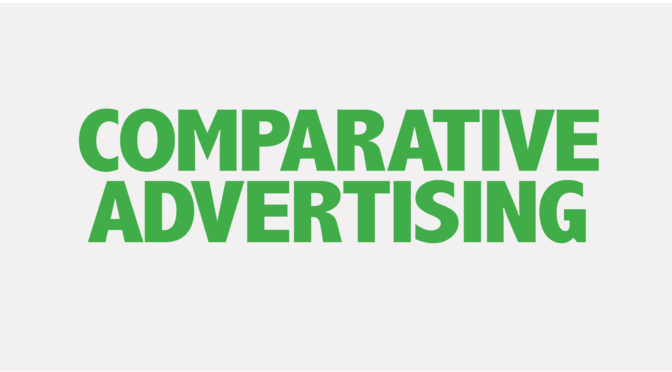Sometimes cliché ideas and simple ideas are mistaken to be the same. In fact, they couldn’t be more different. Cliché ideas are those that are over used a million times. Those that are repeated time and again. Simple ideas need not be cliched. They can be good simple ideas as well. But cliché ideas are seldom good due to the fact that they’ve been over abused and beaten down.





